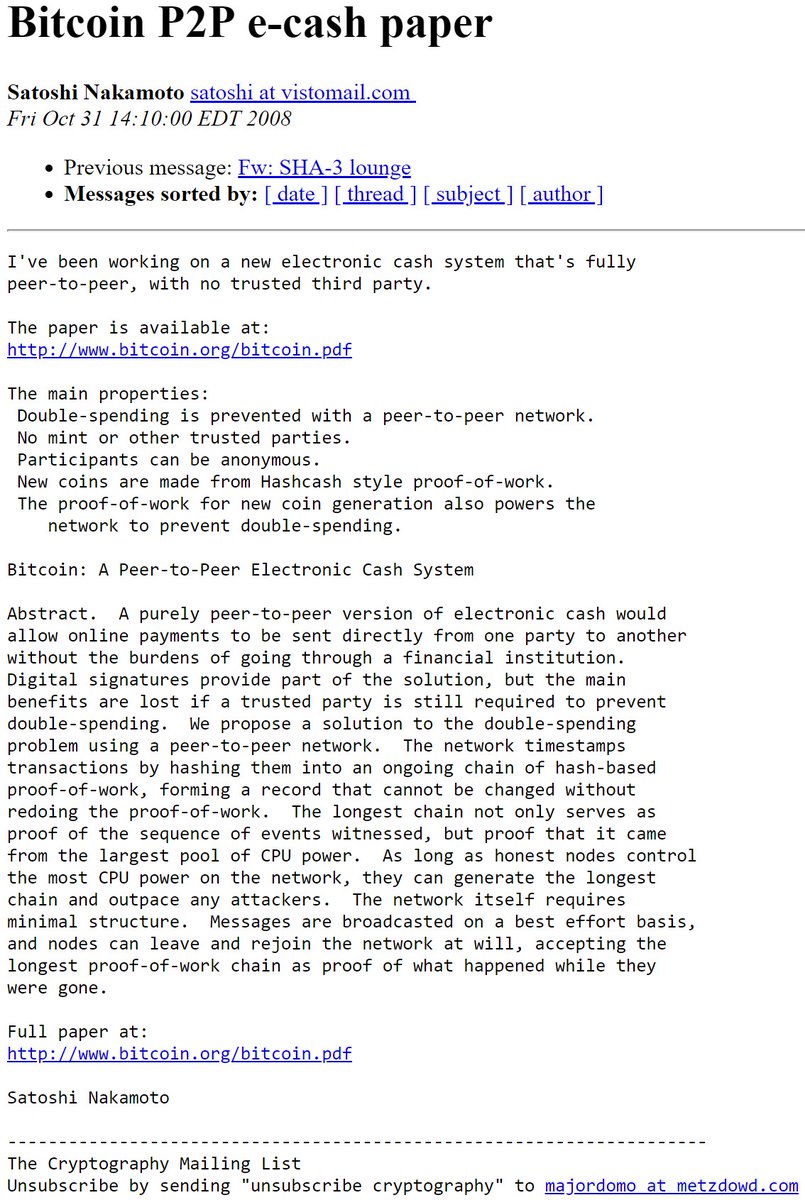scholarship.shu.edu/shlr/vol49/iss…
medium.com/coinmonks/what…
„the Bitcoin system does not recognize humans, corporations, or other legal actors. It only recognizes Bitcoin addresses, which legal actors control via associated private keys.“
Get real-time email alerts when new unrolls are available from this author!
Twitter may remove this content at anytime, convert it as a PDF, save and print for later use!

1) Follow Thread Reader App on Twitter so you can easily mention us!
2) Go to a Twitter thread (series of Tweets by the same owner) and mention us with a keyword "unroll"
@threadreaderapp unroll
You can practice here first or read more on our help page!




